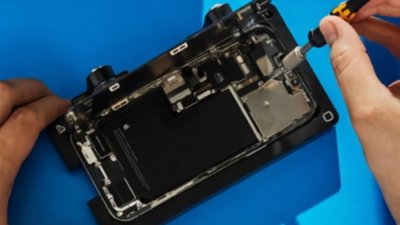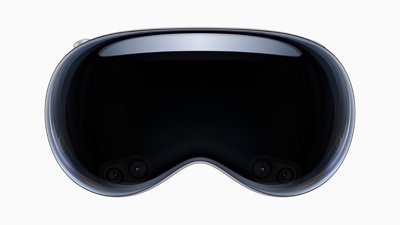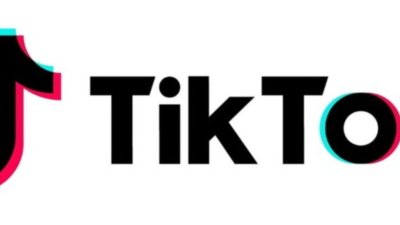Longhorn, Microsoft to bite off Apple (again)
It'll be years before Longhorn launches, writes PC Magazine's Richard Fisco, who was on hand for the first day of WinHEC 2004 in Seattle and was privy to a presentation that focused on the new user interface of Microsoft's next-generation operating system.
Microsoft has reportedly code named its Longhorn graphics and media interface "Avalon." And what do you know? Just like Apple's Quartz graphic subsystem (which is broken down into Quartz and Quartz Extreme technologies), Avalon will also consist of a two tiers: Aero and Aero Glass.
"Given its 3D nature, running Avalon will require some pretty hefty hardware," Fisco says, noting that Microsoft is requiring DirectX 9 to run Avalon, even though chips supporting this latest version of DirectX are just coming to market.
Aero will require DirectX 9 (with Pixel Shader 2.0 support), 32MB VRAM minimum, and AGP 4X for a GPU or UMA, while Aero Glass will demand DirectX 9 (with Pixel Shader 2.0 support), 64MB VRAM minimum (128MB recommended), and AGP 4X for a GPU. Overall, Microsoft's requirements for Longhorn are also expected to include a dual-core CPU running at 4 to 6GHz, 2GB of RAM, and possibly a terabyte of storage.
Summing up his observations, Fisco says, "after looking at some images and icons that grew bigger or flipped when chosen, I couldn't help but think of the dock on Apple's OS X." Fisco says that even though there's much more to Longhorn, "[it] still had an Apple look to it. I suppose imitation is a form of flattery, after all."
It seems that the greatest challenge for Microsoft will be simulating the stability of Mac OS X. During the presentation, a comparison of workflow in Longhorn and Windows XP by Jim Allchin, vice-president of Microsoft, reportedly went sour. When Allchin attempted to launch Quake on the Longhorn equipped machine, it slowly crashed and died. Allchin immediately attempted to downplay the glitch, saying the test PC was slow and the demo worked fine during previous tests.
Microsoft will be distributing early copies of the OS at the end of WinHEC, though a final release is not expected until 2007 at the earliest.
If you'll be taking the latest build of Longhorn for a spin, and would like to report on your experience to AppleInsider's reader-base, please contact us at [email protected].
 Katie Marsal
Katie Marsal










 William Gallagher
William Gallagher
 Andrew Orr
Andrew Orr


 Marko Zivkovic
Marko Zivkovic
 Amber Neely
Amber Neely
 Christine McKee
Christine McKee
 Malcolm Owen
Malcolm Owen







